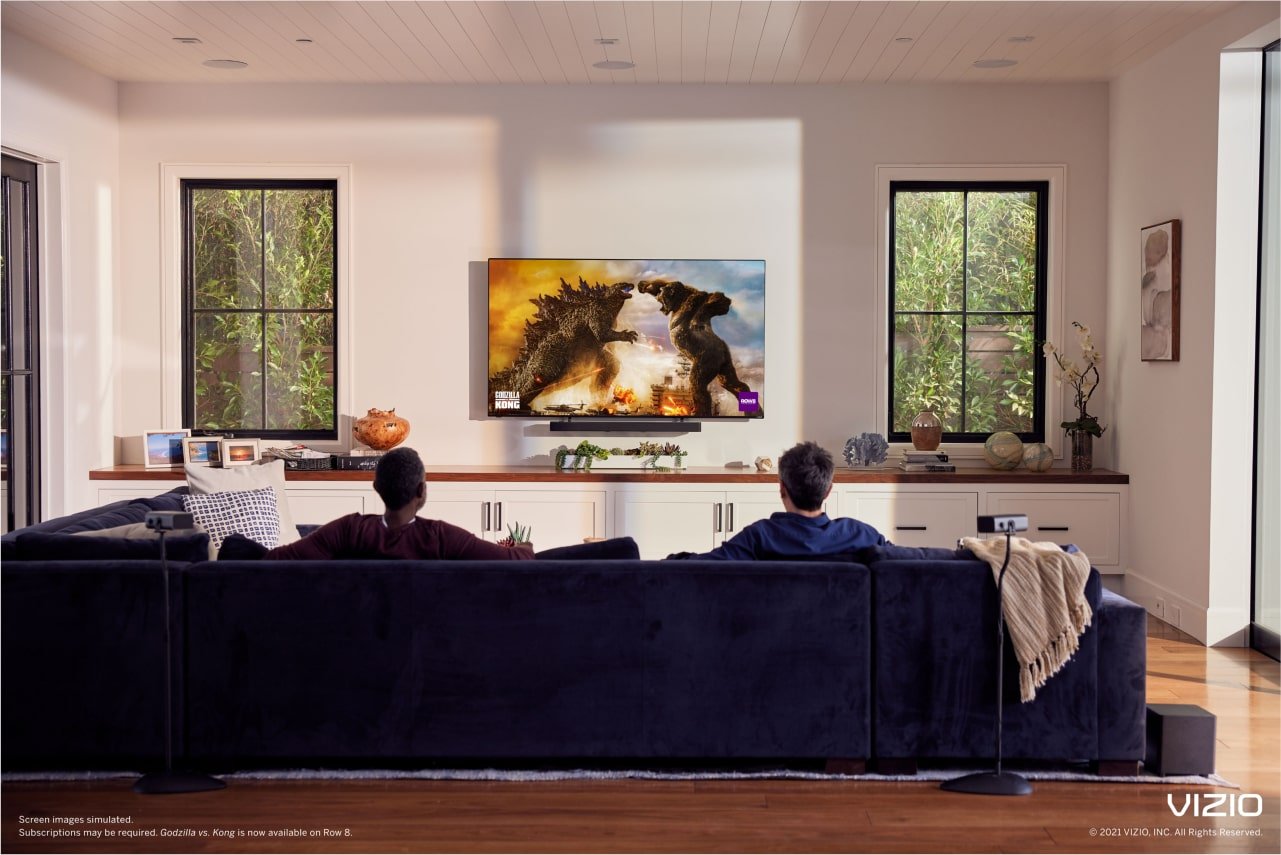Are you looking to build and enhance your home entertainment system? Everyone has tried to create and mimic the immersive experience of home theatres, at least once in their lifetime. Whether you’re a movie buff, music lover, or keen entertainment admirer, creating a home entertainment system can make a huge difference.
However, there are many considerations and components you need to understand. Let’s delve deeper into a guide to help you build the best home entertainment system for your use:
A Guide For The Speakers
Your speakers will be the primary contributors to the entire immersive experience that you seek to create. You will be able to connect decent speakers to almost any home appliance with music capacity. Let’s help you understand different speakers:
1. Floor-Standing Speakers
If you have a large room or seek to build a home theatre, this is a perfect choice. They offer full-range sound performance and powerful bass. Floor-standing speakers often come with built-in woofers, midrange, and tweeters for audio performance. Many modern floor-standing speakers also provide aesthetic appeal for interior purposes.
2. Bookshelf Speakers
These are the smaller speakers that you can install across the room. If you have existing space, furniture, or holders for the speakers, these will work best. They offer a budget-friendly option to Floor-standing speakers, for loud and balanced performance. But they lack bass performance and usually need you to use subwoofers to make up for it.
3. Centre Channel Speakers
There’s another name for these speakers in modern technology – sound bars. Their job is to enhance your existing TV or home appliance’s audio capacity. You install it near the display unit to enjoy the sound of the movies, and gaming, while you indulge in them. They either come horizontally standing, or vertically standing.
4. Surround Sound Speakers
Think of these as an improved version of the bookshelf speakers that offer more phenomenal performance at an elevated price range. You will need to install them with the speaker cable they come with, but it is usually a DIY-friendly installation.
5. Subwoofers
If you think that your home entertainment system lacks depth or bass, you could always add more subwoofers. They offer better bass balance and prevent you from getting that tearing bass that pinch the eardrums.

Working With The Cables
There are three things you need to consider while working with the audio cables for the home entertainment setup:
1. Invest In Decent Speaker Cables
If you truly seek authentic home entertainment, aim for the right thickness of speaker cables to be compatible with your sound system. Opt for copper or silver material for best power and performance. Ensure that there’s quality insulation. Opt for the highest quality of speaker cables that you can find.
2. Aux or Interconnect Cables
Correlatively, you will most likely use different devices to connect to your home entertainment system. TV is just one of the devices. So, aim for interconnecting cables that offer universal compatibility and connectivity. You don’t have to worry about quality too much, but enough to ensure that it connects with all modern devices.
3. The Cable Management
And finally, you will have to install the cables to be tangle-free. You can use cable brackets, pins, locks, and sleeves to distinguish them. Try to make sure that you have proper storage for all the cables, and install them in places with low interference.
The Final Frontier
Once you have the speakers, the sound system, and cable management, the last option for you will be to treat the room acoustics. Make sure to invest in proper acoustics and insulation to truly get an immersive experience. But it can be a costly endeavour, so you can substitute it by investing in a competent amplifier or receiver to manage and handle your speakers. It is better for the sound systems in the long run.
